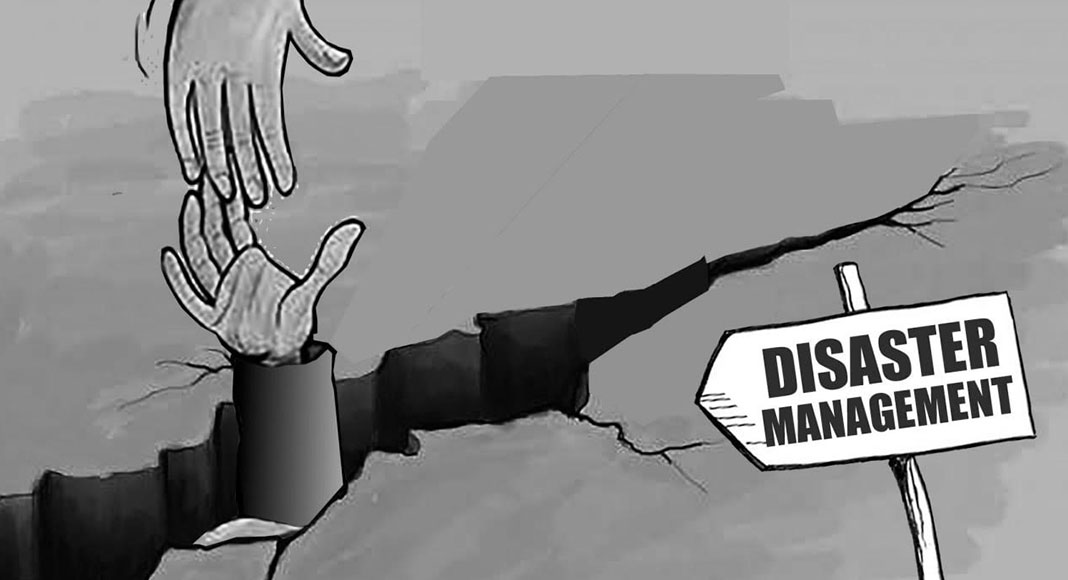
The seismic swarm that has been rattling Ethiopia’s northeastern region of Afar since September 2024 has once again brought to the fore the country’s capability to effectively manage disaster risks and minimize the toll they exact. Although no one has died due to the more than 50 mild tremors that have been recorded in the past four months, they have sparked concerns about large-scale destruction if stronger quakes were to occur. Despite not causing significant structural damage or casualties so far, the seismic events have displaced thousands of residents living in the affected areas, leaving them in need of immediate humanitarian assistance. They have also led to the loss of a significant number of livestock, a critical livelihood for the local community. While earthquakes have historically caused limited destruction in Ethiopia, the recent seismic activity underscores the growing risks to urban areas as cities expand and populations grow. They also emphasize the imperative to strengthen the capacity to cope up with not only tremors, but also other natural and man-made disasters.
Ethiopia, a country characterized by a diverse geography, rich culture, and complex socio-political landscape, faces significant challenges in managing disaster risks. These challenges stem from various factors, including, among others, climate change, political instability, economic vulnerabilities, and social inequalities. Understanding these issues is crucial for developing effective disaster risk management strategies. The foremost challenge Ethiopia faces in disaster prevention and response is its vulnerability to natural disasters, particularly droughts, floods and epidemics. Its geographical location makes it prone to various climatic hazards that are aggravated by climate change. Droughts, in particular, have had devastating impacts on the country because of its reliance on rain-fed agriculture, leading to food insecurity, water shortages, and loss of livelihoods. Underdeveloped early warning systems, insufficient infrastructure, the unavailability of comprehensive data on hazards, and poor coordination among government agencies have hindered disaster prevention and response efforts. The instability and conflict marking the Ethiopian political landscape has compounded the problem, making it challenging to mount effective response efforts and disrupting the delivery of humanitarian aid.
Ethiopia’s ability to effectively prepare for and respond to disasters is further hampered by a shortage of financial resources and technical expertise. Limited economic capacity restricts investments in disaster risk reduction, emergency readiness, and recovery efforts after disasters. As a result, responses are often delayed, and support for impacted communities is insufficient, worsening the effects of disasters on the most vulnerable populations. Moreover, rapid population growth, urbanization, and environmental degradation have increased the country’s susceptibility to disasters. Unplanned urban expansion, deforestation, and the unsustainable use of natural resources raise the risk of environmental threats. The swift growth of informal settlements in cities also places many people at greater risk, as these areas lack the necessary infrastructure and services to weather disasters. The prevalence of social inequalities does not help matters either. Marginalized groups, including women, children, and people with disabilities, often bear the brunt of disasters due to limited access to resources, information, and decision-making processes.
Addressing these challenges calls for a comprehensive approach that takes head on several interconnected issues is essential for building resilience. Implementing sustainable agricultural practices as well as investing in early warning systems, risk assessment tools and climate-resilient housing, roads, and water conservation systems are of help in bettering preparedness, response and mitigation capabilities. In addition such community-based disaster risk reduction initiatives as conducting awareness campaigns and capacity-building efforts are important to empower local communities to prepare for and respond to disasters effectively. Improving governance and promoting political stability, engaging with civil society organizations, academia, and the private sector are also crucial to ensuring coordination in disaster management efforts.
Aside from the above actions, there are a raft of strategies that augment disaster preparedness, response, and recovery efforts. From availing increased access to financial resources to promoting sustainable development practices, backing livelihood diversification, and scaling social protection programs it is paramount to tackle socioeconomic challenges like poverty and food insecurity to soften the impact of disasters on vulnerable populations and enhance their resilience to future shocks. Institutional reforms, which involve strengthening disaster management agencies, clarifying roles and responsibilities, and improving inter-agency coordination, are also of the essence to bolstering Ethiopia’s disaster governance framework.
All these initiatives will count for nothing though in the absence of a genuine political commitment. While the solemn duty of preventing and effectively managing disasters rests on the shoulders all stakeholders, it principally lies with the government. As such it’s absolutely incumbent on the government, in collaboration with civil society and international partners, to do everything it can to institute effective disaster prevention and response capabilities. It’s only then that the dream of creating a more resilient future for all Ethiopians may be realized.
.
.
.
#Creating #Disasterresilient #Future #Ethiopians
Source link











